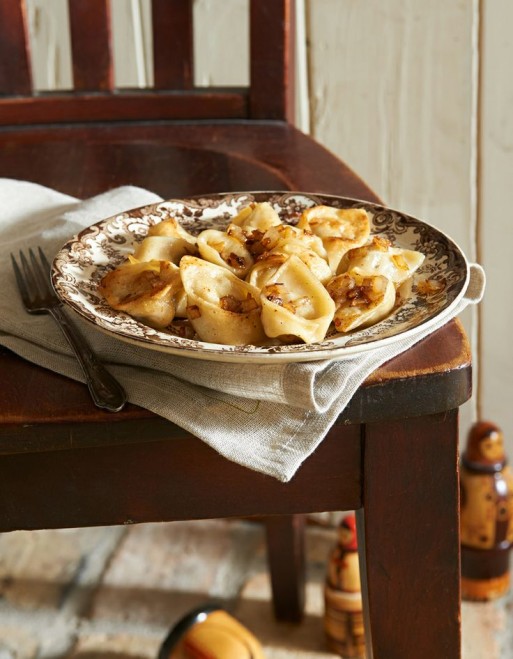Belarus is a country whose history and culture remains a mystery to many westerners. As a place nestled between Russia, the Ukraine, Poland, Lithuania and Latvia, Belarus also has a history as a divided country. Yet, it’s precisely this diversity that peaked our interest in its funeral and death traditions.
Professor Tadevush A. Navahrodski of Belarusian State University also wanted to help educate the public on Belarusian culture, particularly regarding their end-of-life beliefs. And like so many cultures, going all the way back to the ancient Egyptians, the Belarusians focus on the importance of the funeral repast. “In Belarusian traditional culture,” Navahrodski explains, “the funeral repast was an important part of the structure of funeral rites. Its meaning had as much to do with ethics as with sustenance [for the loved one who has passed]. It served to commemorate ancestors and to link the living with their past. The meal performed a sacred or religious function, expressing faith in the afterlife. It performed an educational function and helped create family solidarity and promote willingness to learn about the family’s genealogy.”
Food has always been a means to bring people together, but the difference in food’s role in a funeral setting versus a normal dinner setting is its immediate elevation as an object of ritual.
Food has always been a means to bring people together, but the difference in food’s role in a funeral setting versus a normal dinner setting is its immediate elevation as an object of ritual. In Belarus, for example, the funeral meal is usually a lot richer than usual, but not for the sake of indulgence; this is a meal meant to serve a loved one in the afterlife, an act of thanks to a loved one. “In traditional Belarusian culture, there are two types of funeral repasts,” says Navahrodski, “The first type of was a ritual meal served on the day of burial. The other type was the less lavish subsequent ritual dinners prepared on the third, on the ninth, and on fortieth day after death, and then half a year from the date of death. A meal on the sixth day is also attested. The second type of meal was meant for close family members only.”
So what foods would one find throughout the stages of an end-of-life ceremony in Belarus? The first type of meal, for example, was “the one conducted on the day of internment, often carried a name that was derived from the main dish served during the event. Thus, one name for this meal was “harachki” and this term was based on the name of a hot wheat bread (palianitsa),” which one is forbidden to cut with a knife and is broken off by hand to share. “Another name for the meal was “kliotski” (dumplings)” and “in some regions, the names of [funeral] dishes were so strongly associated with death that they appear in proverbs and sayings as euphemisms.” For example, if you were to refer to a family member who was particularly ill, a Belarusian could say: “Ну, клёцкі яму.” The translation? “Well, dumplings to him.”

 Belarusian Death Traditions: Funeral, Food & Family
Belarusian Death Traditions: Funeral, Food & Family





 Our Monthly Tip: Make an “In Case of Death” File to Ease Loved One’s Grief
Our Monthly Tip: Make an “In Case of Death” File to Ease Loved One’s Grief
 Passing of Beloved Comedian Births a New Comedy Festival
Passing of Beloved Comedian Births a New Comedy Festival















